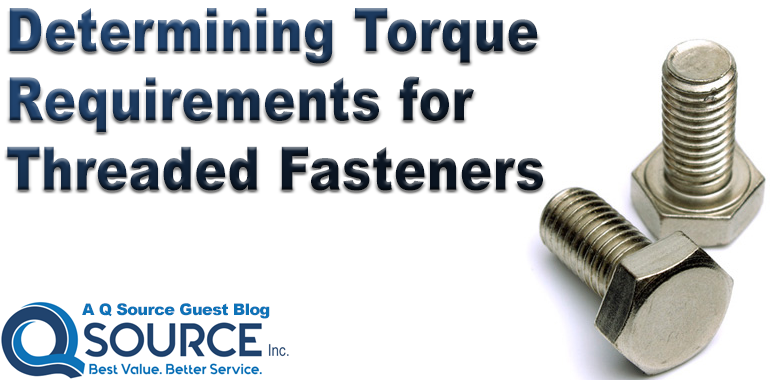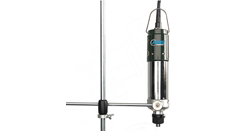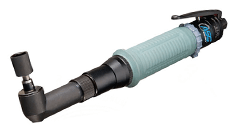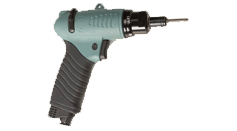A How-To for Determining Torque Requirements for Threaded Fasteners - Guest Blog
by ASG-Jergens, reprinted with slight edits
ASG’s Guest Blog provides tips for properly tightening threaded fasteners
Do you work with threaded fasteners? If so, you know that it's extremely important to know the torque requirements. When you have this info, there will be several other items that you'll need to examine.
Start out by determining the tool type (inline, right angle, or pistol grip). This will affect the repeatability of the tool by ensuring it is aligned to the work in a consistent manner. It is also an issue of ergonomics.
Once you know the tool type you can determine how the tool will control the torque. The two main choices are mechanical clutch or electronic-controlled tools. Clutch tools provide very accurate torque at a lower cost point. Electronic-controlled tools are more expensive, but usually include additional features. In addition to price, there are a few other factors to consider when choosing between a clutch tool or an electronic-controlled tool.
Joint Rate
Are you working with a hard joint (steel-to-steel), a soft joint (gasket), or something between? Joint rate is usually somewhere between, but you can determine the overall joint characteristics without employing the strict ISO 5393 definition. Using a fast clutch tool with very hard joints risks overshooting the torque. But this doesn’t necessarily rule out a clutch tool.You could also choose a slower tool. An electronic-controlled tool could slow the tool down at the end of the rundown to try to eliminate the overshoot situation. Plus, if the fastener has a prevailing torque that is higher than the target torque, an electronic-controlled tool can be programmed to overcome the prevailing torque and look for the target.
Error-Proofing
Error-proofing is another consideration. Electronic-controlled tools have the advantage, but there are error-proofing tactics you can employ with clutch tools. A pneumatic clutch tool, for example, can use a qualifier that confirms that the tool has shut off within a certain air pressure and time parameter. Clutch tools can also use batch counters or send a clutch signal to indicate that the tool shut off. Electronic-controlled tools go a step further when it comes to error-proofing. Bar code scanners or socket/bit trays are often used to ensure the correct torque is applied to the correct job. Generally, these tools also have additional error-proofing feature-angle encoders. These allow the tool to catch cross threads, strip outs, and other issues.Traceability & Data Collection
Next, you'll need to establish the need for traceability and/or real data collection. While some clutch tools can send out a clutch signal to perform line control, the data-collection part of the equation is limited to go/no go, good/bad, etc. An electronic-controlled tool's advantage is that the transducer in the tool is traceable to NIST and the data you collect is sent in real torque values.Accessories
Accessories are another consideration for maintaining accurate and repeatable torque. It's a good idea, for example, to keep bits as short as possible and to replace them and the sockets as they wear. While a torque arm may not seem like a necessity on a low-torque application, it is actually one of the most important parts of a low-torque system. The torque arm limits the effect the operator has on the rundown.Consistency
A final consideration is consistency. The information we've provided here will get you about 10-15% closer to your goal of accurate and repeatable torque. Please keep in mind that about 90% of the energy that goes into running a fastener is used to overcome friction. Also within your control: Make sure to use fasteners of high quality, ensure the parts being assembled are drilled and tapped to high standards, and work to maintain consistency in the level of lubrication or lack of lubrication on the work and fasteners.Many thanks to our friends at ASG! We look forward to more of your expertise in future Guest Blogs.
EDITOR’S NOTE: ASG’s Free Power Supply promo is currently available at QSource.com. Offer valid thru December 31, 2019.
For more information about ASG's wide selection of torque tools and other assembly products, please visit our ASG manufacturer page. You may also contact us via email or phone (800-966-6020) for large orders or other inquiries. We also offer live chat customer service on our Web site.
Thank you for reading. Please contact us with your comments, questions, and suggestions. We also encourage you to share this post via the social media icons above.
Subscribe to our email newsletter for additional Q Source product information, reviews, how-to articles, and special offers.





